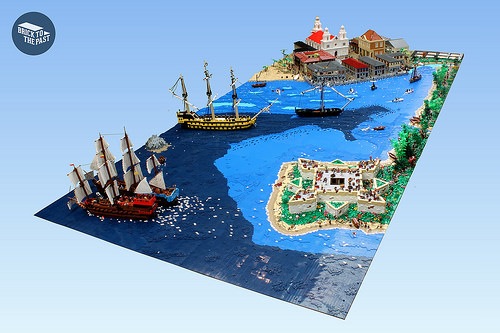Around this time of year, people enjoy the classic tradition of sending holiday greeting cards to one another. The LEGO Group, too, has dabbled in making Christmas cards over the years. Naturally, they’re LEGO-themed. From the 1980s through the 1990s, the UK LEGO Club mailed out Christmas cards to each of their members. The LEGO Group has also issued holiday greeting cards for its employees. For at least the past two decades, LEGO has included a card with each annual employee gift building set. They even designed cards for employees back in the 1980s. These cards often featured elaborate models designed by LEGO master builders that are quite interesting. Suit up and hop into our sleigh, because we are taking you on a nostalgia-filled trip through some of LEGO’s most memorable “Brickmas” cards.
Click to read the full article on LEGO Christmas cards















